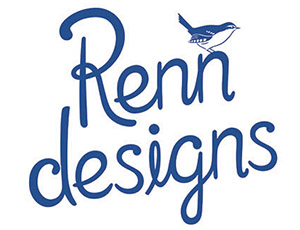So Rococo! Posted on 5 May 10:30
As a lover of colour and pattern I've been rather happy to see, and read, evidence that 'maximalism' is on the up - an inevitable reaction against the stark 'less-is-more' philosophy of minimalism. While I can appreciate clean lines and calm spaces, I just enjoy decoration too much to ever fully subscribe to the minimalist aesthetic, not to mention the fact wallpaper doesn't really have a place in minimal interiors! (There's a really fun piece '10 Signs You Might be a Maximalist' on the Apartment Therapy site here ).
With this in mind, it seemed a perfect time to feature Rococo, an eighteenth century art movement, on my blog and the beautiful examples on show at the Wallace Collection in London. I've been there so many times (it's free!) and it never fails to inspire me.

The magnificent furniture, paintings and artefacts were collected between the late eighteenth and nineteenth centuries, by the first four Marquesses of Hertford and Sir Richard Wallace, son of the fourth Marquess. Lady Wallace, following her late husband's wishes, bequeathed the collection to the nation on her death.
Rococo itself originated in seventeenth century France, with the rise of the middle classes, who increasingly spent their growing wealth on interior decoration. It saw the rejection of a formal, serious style which had pervaded the arts, and their persistently religious and political themes, in favour of something more playful, graceful and frivolous. Natural forms were used abundantly and the term Rococo is thought to derive from the French rocaille, meaning pebble, and refer to the stylized shell and rock-like motifs. A classic example of this new jovial style is the painting by Jean-Honoré Fragonard, The Swing (1767, below), probably the Wallace Collection's most famous.

Incidently, if you've seen the Disney film Tangled, there is a scene inspired by this painting!
It is probably the colour and fun of Rococo that appeal to me most, yet for all its light-heartedness an emphasis was also placed on elegance, which stopped it straying into gaudiness - though some people would probably disagree! It ought to be said that it is a somewhat superficial style, often associated with the excesses of the court of King Louis XVI, but it did produce some beautiful art...
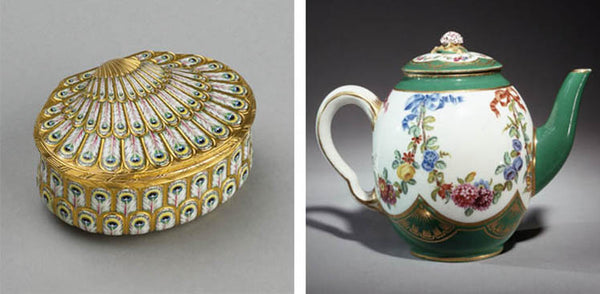

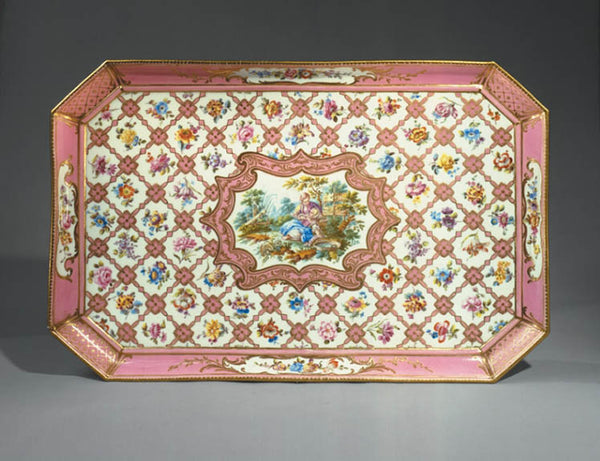
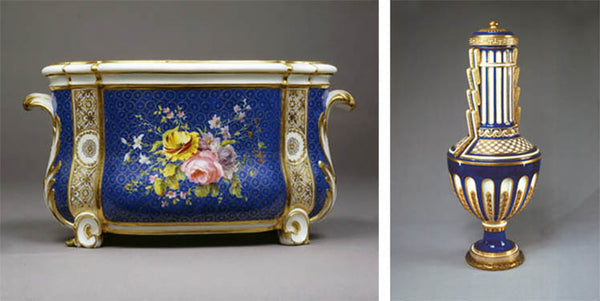
Rococo's greatest influence was in interior design and decoration, there are fewer examples of Rococo architecture but one in particular stands out; Catherine Palace in Tsarskoye Selo, the Summer residence of the Russian Tsars. Completed in 1756 it is almost 1km in circumference and over 100kg of gold was used on the gilt facade!
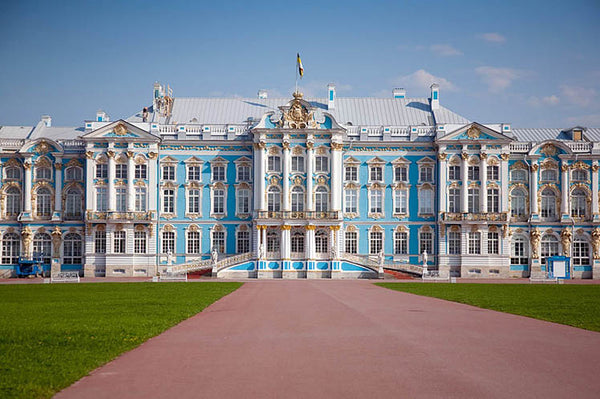
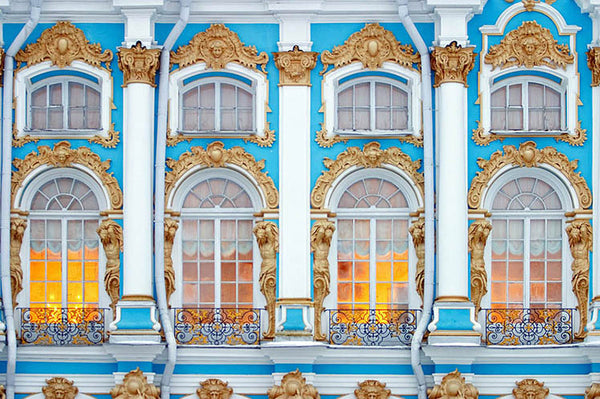
Naturally, Rococo influenced the fashions of the time, as demonstrated in this fabulous book, Costume Cavalcade, by the then head of costumes at the Danish National Museum, Henny Harald Hansen (first published in 1954, my sister bought it in a charity shop). She summarises:
No costume could be more flattering than that worn in the century when men compiled encylopaedias and women presided over salons, and when Rousseau preached his gospel of the return to nature. Their clothes transformed them into exquisite works of art and conformed perfectly to the spirit of an age which raised its monuments in porcelain and painted its portraits in the coloured dust of the pastel.
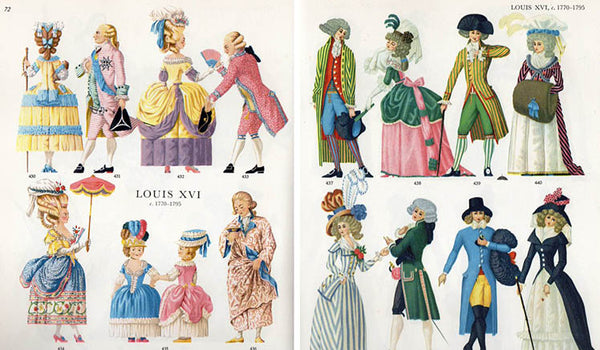
Perhaps in another life I could have excelled at presiding over a salon, dressed like confectionary!
